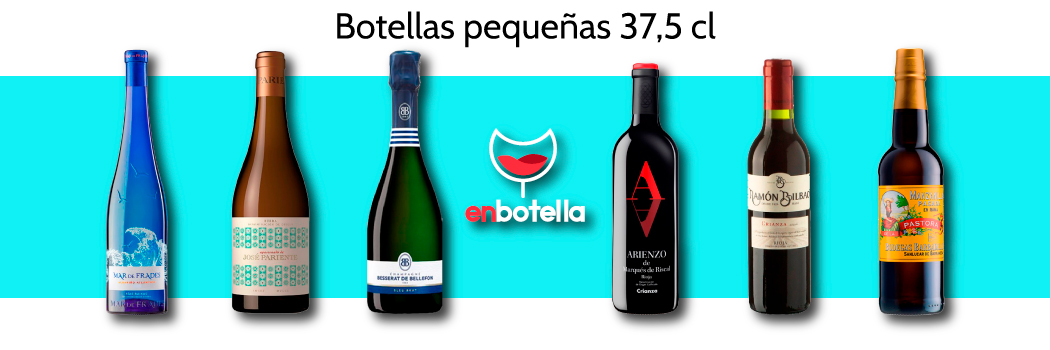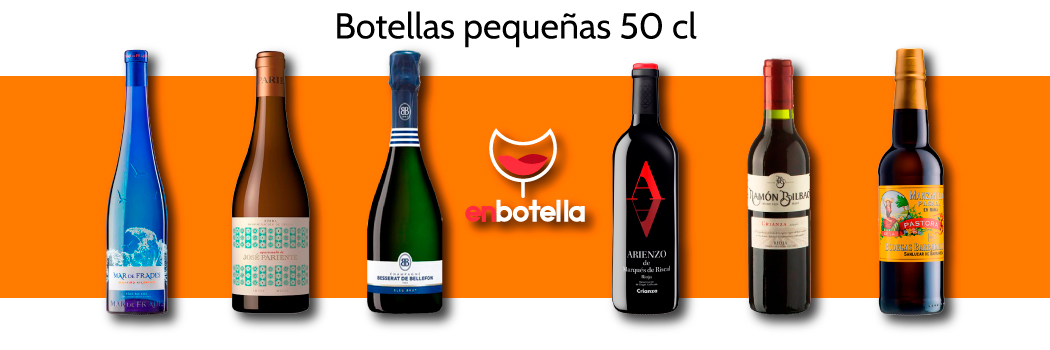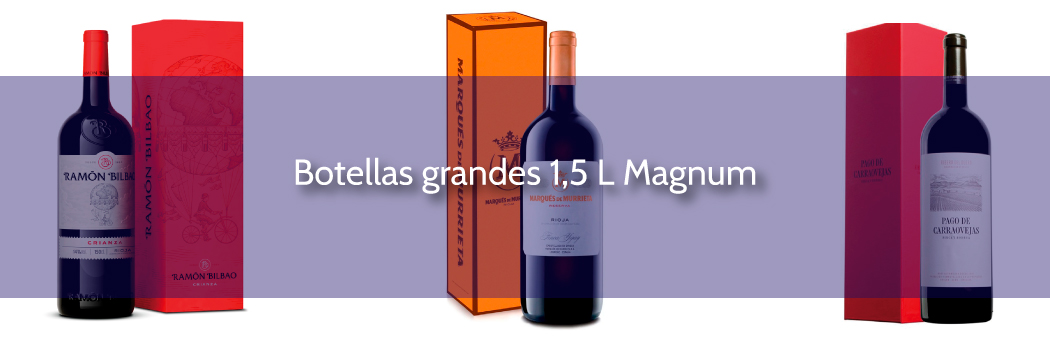The most natural expression of the native grape variety
Jean Foillard is an emblematic winegrower in the Beaujolais region. His story began in 1980, when Jean and Agnès Foillard took over the family estate on the Côte du Py, the famous hill in the village of Morgon. They started working conventionally until 1985, from then on they progressively veered towards the style of wines we know today.
In the granite schist soils that endow the wines with great complexity, Jean began to follow the ideas of Jules Chauvet, a traditionalist who challenged the more commercial arguments of the wine world and soon, together with three other winemakers (Marcel Lapierre, Jean-Paul Thévenet and Guy Breton), learning from each other, they began to advocate a return to traditional practices, both in the vineyard and in the cellar.
They worked with old vines, without using chemicals, harvesting late, selecting the grapes berry by berry; for Jean, the first rule before harvesting is to have healthy grapes, the fruit of good work in the vineyard. Another crucial point is to choose the exact moment to harvest; according to Jean, you have to be brave and wait for perfect ripeness. Rotten or green grapes are discarded in the vineyard (excellent quality is essential for SO2-free wine-making) and care is taken to ensure that all the bunches of grapes arrive whole. The work is concentrated in the field, in the winery we simply try to preserve the fruit, without unnecessary luxury.
The grapes are refrigerated before carbonic maceration begins, thus keeping bacteria at bay and ensuring the good performance of the indigenous yeasts that allow slow fermentations without extraction of vegetal aromas, seeking the most delicate aromas of the fruit. The grapes are then taken to concrete or wooden tanks which are saturated with CO2; when fermentation starts, CO2 is no longer added. The pulp of the grapes is progressively stained and at the peak they know it is time to press. The wines are then aged in old barrels from the best wineries in Burgundy. All the racking is carried out following the moon and with the help of a crane-toro, by simple gravity; he does not use pumps, as several studies have shown that their use destroys a good part of the yeasts. A couple of months before bottling, he takes the wines back to cement; he had previously tried stainless steel, but the material denatured the wines. Of course, he bottled without fining or filtering.
All this meticulousness allows Jean Foillard's wines to be honest and pure, without the sweet aromas associated with cheaper Beaujolais wines. Foillard's wines are elegantly rustic, spicy and mineral; approachable from an early age, yet also capable of ageing gracefully. It has been the passion and dedication of winemakers like Foillard that have restored the prestige of the best Beaujolais vineyards.



